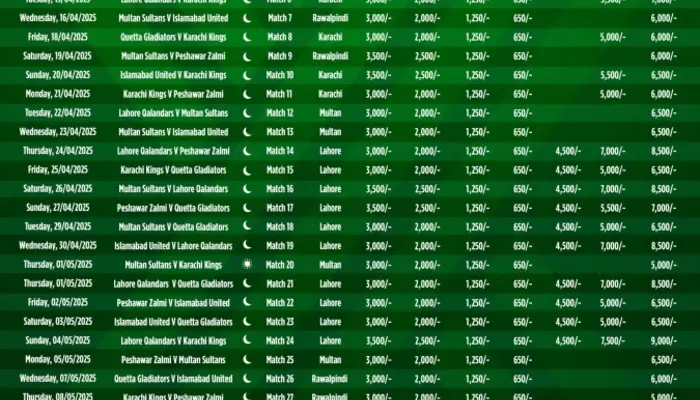NASA Reduces Impact Risk of Asteroid 2024 YR4 to Just 1 in 67

Asteroid 2024 YR4 no longer poses a significant threat to Earth, according to new data from NASA. The space agency announced a reduction in the asteroid’s impact risk to 1 in 67, offering relief for those concerned about a potential 2032 collision.
Risk Drops Significantly
NASA released the updated assessment on February 19, revealing that 2024 YR4 now has a 98.5% chance of missing Earth. This sharp drop followed earlier reports that raised the asteroid’s risk to 1 in 32. The data was collected overnight from February 18 to February 19 and analyzed using the latest orbital information.
Despite this reduction, 2024 YR4 remains at the top of NASA’s Sentry Risk Table, which tracks potential Earth-impacting asteroids. The second riskiest object, asteroid 1950 DA, has a much lower chance of impact—just 0.039% in the year 2880.
Read: Apple Launch Event: SE4 ‘Budget iPhone’ Rumors Swirl
Community Response and NASA’s Confidence
The asteroid’s previous high-risk assessment drew global attention. However, NASA reassured the public that every new observation helps improve understanding of 2024 YR4’s path. The space agency promised to continue updating the risk assessment as more data becomes available.
The European Space Agency (ESA) also adjusted its projections for the asteroid, lowering its impact probability to 1.38%, or about 1 in 73. These consistent assessments from NASA and ESA indicate growing confidence that the asteroid will miss Earth.
Asteroid Hunter’s Insights
David Rankin, an asteroid hunter with the Catalina Sky Survey, has monitored 2024 YR4 closely. He first “precovered” the asteroid by finding images of it in older survey data, allowing astronomers to refine its orbital path. Rankin anticipated that the risk would decrease as more observations were made.
He explained that small errors in timing or positioning can create uncertainty in asteroid trajectory estimates. Comparing it to moving a long stick slightly at one end, Rankin noted that tiny changes can have a significant impact on the projected location of the asteroid millions of miles away.
Scientific Opportunities
Even if 2024 YR4 does not strike Earth, its scientific significance remains high. The asteroid provides researchers with a rare opportunity to observe a near-Earth object up close. The asteroid is currently moving away from Earth but will return to the inner solar system in 2028, becoming visible again to ground-based telescopes.
Interestingly, there is a small, 0.8% chance that 2024 YR4 could hit the moon instead. However, the most likely scenario remains that the asteroid will safely pass by both Earth and the moon.
As observations continue, scientists look forward to learning more about this asteroid’s journey through space and using it to improve the accuracy of future asteroid predictions.
Follow us on Google News, Instagram, YouTube, Facebook,Whats App, and TikTok for latest updates












